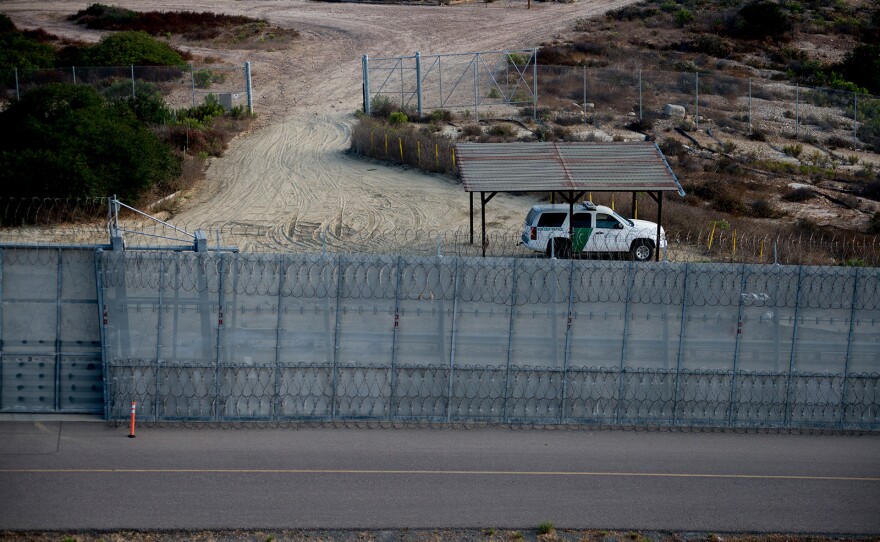President Donald Trump urged Congress to pass funding for a border wall during his State of the Union address on Tuesday for what he called an "urgent national crisis" at the U.S.-Mexico border.
Trump pointed to San Diego as a place where barriers have worked to significantly curb illegal crossings: “San Diego used to have the most illegal border crossings in the country. In response, a strong security wall was put in place. This powerful barrier almost completely ended illegal crossings.”
Building on federal data from our America’s Wall project with KPBS, here’s what we know about apprehensions on the southwestern border:
From the 1970s through the mid-1990s, the San Diego region had the greatest share of illegal entries along the U.S.-Mexico border, peaking in 1991 with half of all apprehensions. As fencing and enforcement increased in the area, apprehensions shifted east. That trend continues today.
By 2014, the San Diego region’s share of apprehensions had dropped to less than 7 percent, the lowest it’s been in the past six decades.
For fiscal 2018, Border Patrol reported more than 38,000 apprehensions in the San Diego region, up from the year before but well below the region’s peak of nearly 630,000 apprehensions in 1986.
Apprehensions along the entire U.S.-Mexico border since 2000 also have generally declined, dropping from 1.64 million to 396,579 this past fiscal year.
Click here to explore inewsource’s map and data on the wall.






